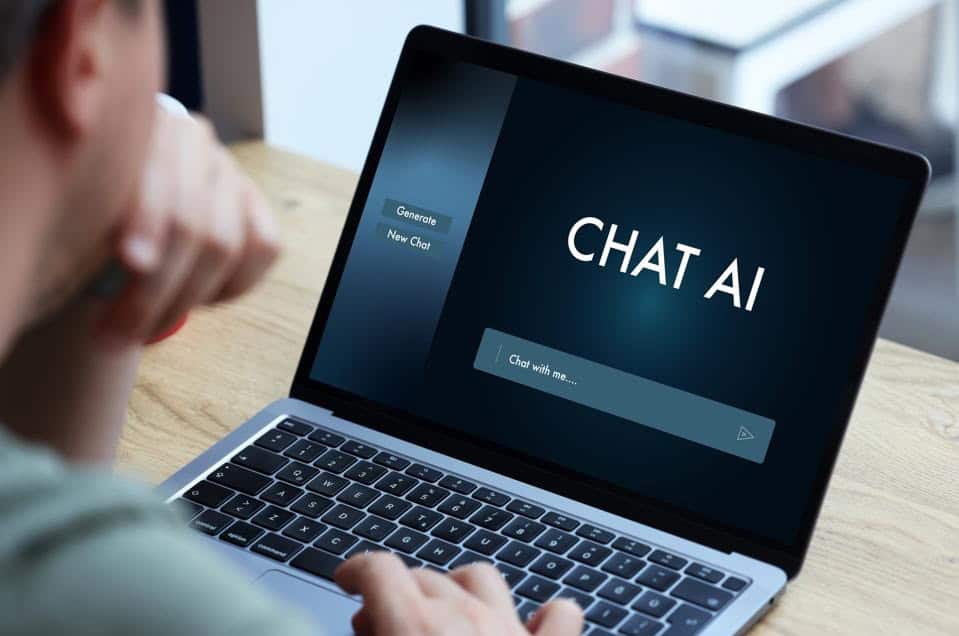
In early 2025, British grocery technology company Ocado announced it would cut some 500 jobs from its technology and finance teams, citing automation and AI as the driving forces behind the restructure, according to the Financial Times. And it wasn’t alone. All across industries, companies are streamlining operations by handing routine tasks over to intelligent systems, leaving many professionals facing unexpected career crossroads.
But a surprising twist is emerging. Rather than resisting the technology that disrupted their roles, many workers are turning to AI to help them reenter the workforce, often with a fresh direction. If your job has been affected, or fear automation may come next, this isn’t a cautionary tale. It’s a roadmap for professional reinvention.
Job automation isn’t a distant threat. It’s already happening. As Anthropic CEO Dario Amodei told Axios, “AI could wipe out half of all entry‑level white-collar jobs and spike unemployment to 10% to 20% in the next one to five years.” These include jobs in data entry, scheduling, customer support, junior finance, and even HR, all once considered relatively secure.
Yet this shift isn’t just about job elimination. In many cases, AI is eroding specific tasks within jobs, not the entire role. A marketing associate might lose repetitive campaign reporting but still be essential for creative direction. Understanding this distinction between jobs and tasks is critical to adapting effectively. This duality has given rise to a new survival strategy. Instead of fighting AI, professionals are learning to work with it.
All across sectors, displaced professionals are increasingly turning to AI for help. They are using tools like ChatGPT to rewrite applications, summarize job postings, and draft interview answers. These automated insights are helping jobseekers position themselves more effectively in the crowded job market.
This kind of reinvention also reflects a broader shift. Employers are increasingly looking for workers who can adapt quickly, leverage new tools, and communicate their value in new contexts. AI is helping jobseekers do exactly that.
The idea of a career pivot can feel daunting, especially when you’ve been in one field for years or even decades. But AI is making a switch much more manageable.
By analyzing previous job descriptions, online profiles, or uploaded CVs, tools powered by large language models can identify skill clusters that apply across multiple industries. For instance, someone with experience managing client accounts in media may discover surprising alignment with roles in healthtech onboarding or B2B sales.
When jobseekers can see the overlap between what they’ve done and what’s emerging, the next step feels less like a leap and more like a logical transition.
As reported by The Verge, the new AI job search assistant on LinkedIn allows users to describe their ideal job in plain English, like “a remote role where I can use my writing and people skills” and get matched to relevant listings without scrolling through filters.
This mirrors findings from a Canva survey via Allwork Space, which found that 96% of candidates who used AI‑enabled tools in their applications received interview callbacks. Reuters has also reported that LinkedIn’s AI features can suggest skills to add, rewrite headlines, and assess job fit all without a paid subscription.
Not everyone has the time or budget to pursue another degree or a costly bootcamp. That’s why many laid off workers are turning to microlearning: short, modular online courses that build high-impact skills without long-term commitments.
This shift isn’t just about convenience, it’s a strategic response to market pressure. As CBS News reported, AI is hitting entry level roles hardest, leaving many recent college graduates and junior professionals with an urgent need to upskill in areas such as AI fluency, communication and adaptability.
And it’s not just soft advice. A recent arXiv study found that jobs involving generative AI demand 36.7% stronger cognitive skills and 5.2% higher levels of social and emotional resilience than roles without generative AI exposure.
The good news? These aren’t innate traits. They’re learnable. And according to Forbes contributor Rachel Wells, even 30 minutes a day of focused learning can help you stay competitive and prepare for roles that AI can’t easily replace.
One jobseeker in India built a personal AI bot that automatically submitted tailored applications while they slept, covering nearly 1,000 job postings in a single campaign. As the Times of India noted, this AI-driven system secured around 50 interview calls, showing how AI can dramatically scale outreach and visibility in a saturated market.
Using AI to optimize their CV and messaging to silently navigate applicant-tracking systems, the jobseeker in India achieved interview success rates that would have taken months through manual effort: “It is incredibly effective at passing through automated screening systems. By generating tailored applications, my bot significantly increased my chances of being noticed by both AI and human recruiters.”
This story underscores a key shift. Professionals aren’t just waiting for AI to replace them. They’re proactively using it to stand out and secure opportunities.
If you’ve been laid off, sidelined or simply feel vulnerable to automation, try this:
For many professionals, AI triggered their layoffs. But for a growing number or workers, it’s also providing the tools to rebuild faster, smarter, and on your own terms. Success doesn’t belong to those who avoid disruption. It belongs to those who adapt to it and know how to collaborate with the very technologies changing the world of work.